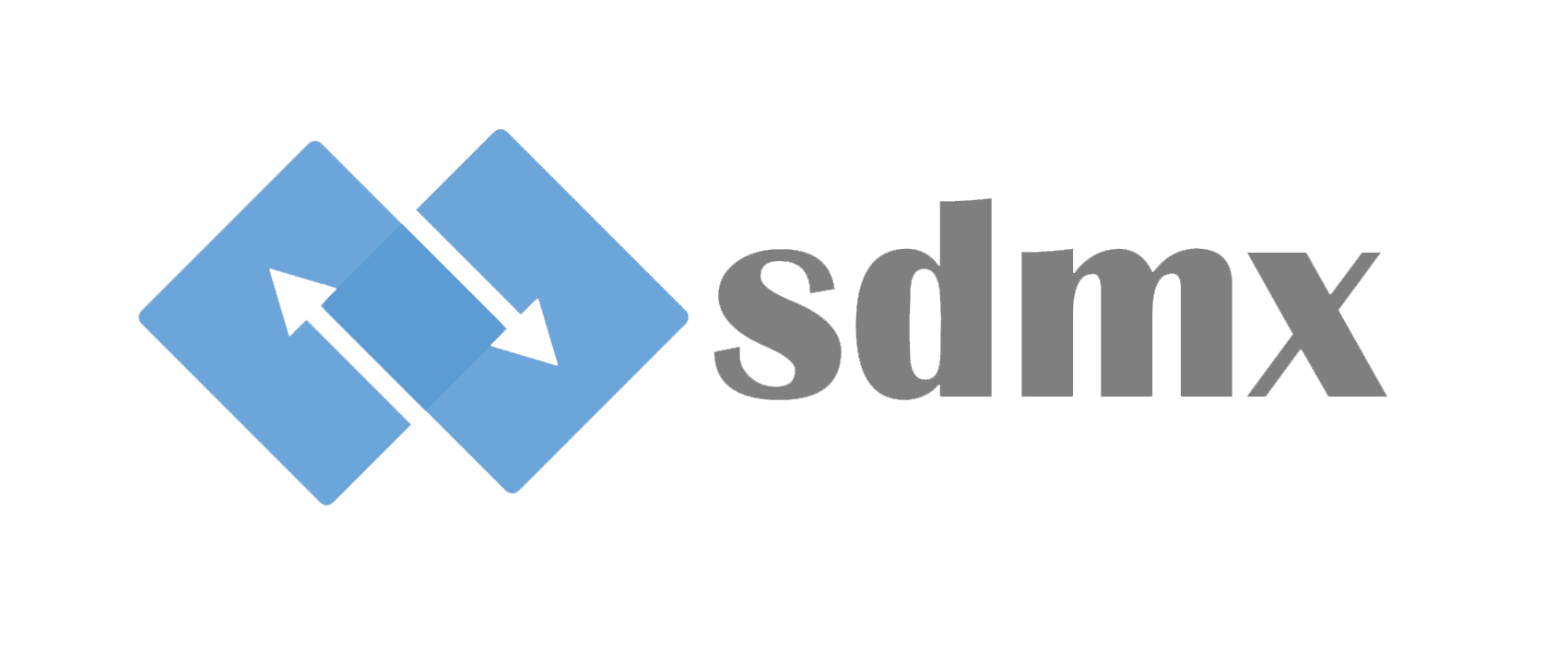Consulting
Standards
SDMX stands for "Statistical Data and Metadata Exchange". It is an international standard designed to facilitate the exchange of statistical data and metadata between organizations and systems. SDMX provides a common framework for organizing and sharing statistical information, allowing for seamless communication and integration of data across different statistical domains and applications.
SDMX is widely used by international organizations, statistical agencies, central banks, and other entities involved in producing and disseminating statistical data. Its adoption promotes interoperability, efficiency, and accuracy in statistical data exchange, supporting evidence-based decision-making and policy analysis.
SDMX also defines VTL (Validation and Transformation Language), a domain-specific language used in the context of SDMX to perform data validation and transformation tasks. It allows users to define rules and conditions to validate the quality and accuracy of statistical data and also to perform various data transformations, such as aggregations or calculations, to derive new statistical indicators.
DDI (Data Documentation Initiative) is an international standard and metadata specification used to describe, document, and manage data in the social, behavioral, economic, and health sciences. DDI provides a comprehensive framework for describing various aspects of data, including its structure, content, and context, to facilitate data sharing, understanding, and preservation.
The adoption of DDI helps improve the transparency, usability, and interoperability of research data, making it easier for other researchers to understand and utilize the data for secondary analysis or comparative research. DDI has become widely used in the social sciences and other disciplines that deal with complex research data, fostering better data management practices and facilitating data sharing and reuse.
 Semantic Web
Semantic Web
The Semantic Web is an extension of the World Wide Web designed to add a more structured and meaningful layer of data and information. It is an evolving concept and initiative developed by the World Wide Web Consortium (W3C), which aims to make web content more machine-readable and understandable by computers.
The key principles and technologies behind the Semantic Web are RDF, ontologies, SPARQL, Linked data.
The Semantic Web aims to enable machines (computers and software) to understand the context and meaning of web content, thus facilitating more intelligent and automated processing of information. Instead of just presenting information for human consumption, the Semantic Web adds semantic annotations and formal relationships to data, allowing machines to reason and infer knowledge from the available data.
One of the main goals of the Semantic Web is to support knowledge graphs, where vast amounts of interconnected data from various sources can be analyzed, queried, and combined to gain new insights and make more informed decisions. By enhancing data interoperability and enabling more advanced data integration, the Semantic Web has the potential to revolutionize various fields, including data analytics, artificial intelligence, and knowledge discovery.

